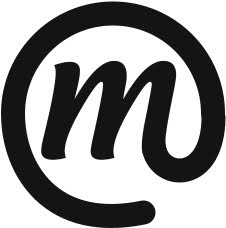Progress is slow! However, having considered the demise of the halftone screen in favour of the dither pattern digital print I now feel that I have some direction. It is of interest to me that the visual aesthetic I have been exploring with the juxtaposition of elements of aged ephemera in collages has something in common with the printing processes of the mid 20th century; some sense of lost qualities of image influenced by paper, ink and processes.
I have become acutely aware that with the growing sophistication of digital processes that many of the ephemeral and 'period' qualities evident in print from the last century, particularly the late 40s, 50s and early 60s is now visually dead; partly due to the passage of time but importantly due to a rapidly developing ues of digital production. Consequently the visual components and qualities of that mid century printing now have a growing importance as a context for the development of print production and consumerism and a potential key to our understanding of a visual aesthetic.
My current investigation looks at the exaggeration of the elements of halftone colour. Inspired by the book mentioned in a previous post - 'Sayonara Home Run', I have begun to experiment with and process digitally, aspects of the previous mid century visual aesthetic to question the rapid decline of the use of the halftone process, readability and aesthetic appreciation. To begin this process I have returned to imagery collected to produce the 'Dick and Jane British Tour' from early in the Summer this year and a couple of results are posted here. To further this visual exploration I am now gathering wider ranging ephemera and imagery from the previous mid century to explore the process, the aesthetic and relationship to current trends. Many artists/illustrators are exploring the 'flat colour' retro approach which perhaps, has its influence from earlier in the last century. I feel that it is now worthwhile to explore in more depth the visual paradox of the halftone.
The images here when seen at full size (60cm x60cm) compare the 'lo-fi' coarse resolution halftone with modern digital products. Equally, there is a comment on the here and now in the narrative.









